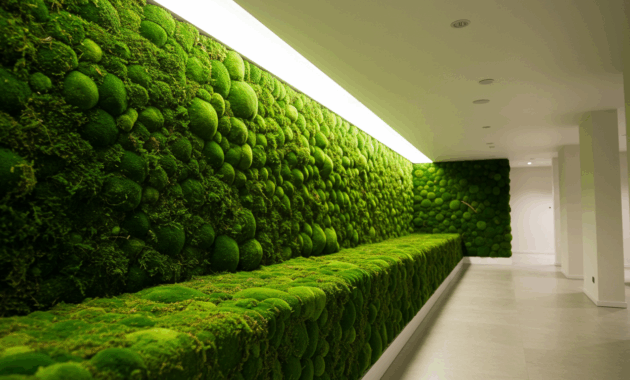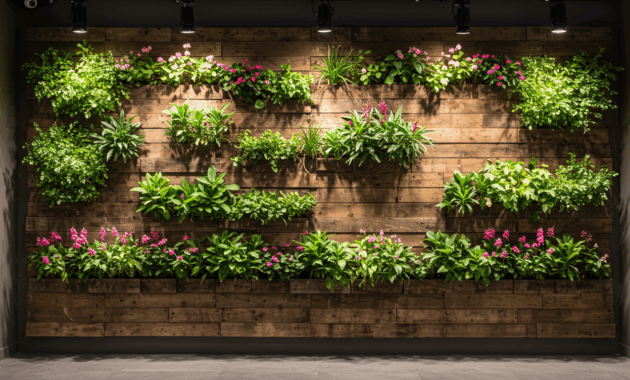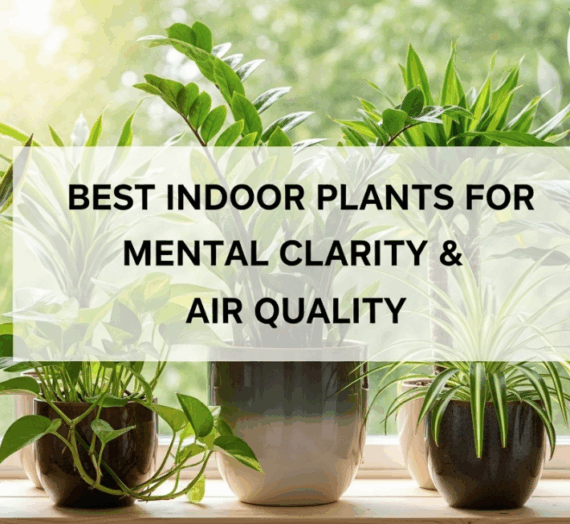
Reimagining Indoor Wellness Spaces for Modern Living
We spend a shocking amount of time indoors, so why not make those spaces contribute to our wellbeing and the planet? Indoor wellness is not just about trendy decor; it’s about creating environments that boost mood, air quality, and overall comfort while keeping sustainability front and center. From air-purifying plants to energy-conscious lighting, designing an indoor sanctuary can be fun, surprisingly easy, and a little rebellious against conventional, waste-heavy design.
Air Quality: Breathing Life into Your Rooms
Let’s face it, stale indoor air is worse than that leftover sandwich in the fridge. Improving air quality is essential for any indoor wellness strategy. Incorporate air-purifying plants like snake plants, peace lilies, and spider plants. Beyond plants, consider HEPA filters or simple DIY activated charcoal systems to absorb toxins. Studies from EPA on indoor air quality confirm that small adjustments can make a huge difference in your energy levels and sleep quality. Additional peer-reviewed research is available on Google Scholar and Bing search.

Natural Lighting and Mood Enhancement
Ever notice how offices with tiny windows crush your soul? Proper natural lighting elevates mood, reduces eye strain, and even influences circadian rhythms. When designing wellness spaces, maximize window access, use light-reflective surfaces, and place mirrors strategically. If natural light is limited, full-spectrum LED bulbs simulate daylight effectively. For more tips on sunlight optimization, check out this guide



Eco-Friendly Materials and Furniture Choices
When your sofa was made with secret plastic and toxic foam, your living room is silently killing the vibe. Choosing reclaimed wood, bamboo, or certified sustainable furniture not only reduces environmental impact but also adds character. Natural textiles like organic cotton or linen can replace synthetic carpets and curtains. Even small swaps, like cork coasters or recycled storage bins, contribute to a consistent eco-conscious theme.

Indoor Plants and Biophilic Design
Biophilic design is fancy talk for “bring nature inside.” This approach reduces stress, improves cognitive function, and just makes rooms way more chill. Integrate vertical gardens, moss walls, or even small indoor fountains. Beyond aesthetics, plants improve humidity balance and trap dust particles. If curious about scientific studies, this research explores plant impact on indoor wellness.


Noise Reduction and Acoustic Comfort
Hard floors and bare walls scream “stress me!” Reduce noise pollution with rugs, wall panels, or strategically placed furniture. Indoor waterfalls or white noise machines add a spa-like feel while masking urban chaos. Acoustic comfort is underrated, but your ears will thank you daily. Additional acoustic design references available on Google Search.
Smart Home Integration for Wellness
Smart thermostats, automated lighting, and air-quality monitors can subtly nudge your environment toward ideal comfort. It’s like having a personal butler who doesn’t complain, wastes no energy, and remembers your plant watering schedule. Balance tech use with natural elements for best effect. For more studies on smart wellness devices, see Bing search.

Maintaining a Sustainable Indoor Routine
Even the most well-designed space needs a little care. Regular dusting, plant pruning, switching off lights, and mindful consumption keep your wellness spaces functional and eco-friendly. Keep a small indoor compost container for kitchen scraps and rotate plants seasonally to refresh aesthetics.
Practical Eco-Friendly Checklist
- Air-purifying plants (snake plant, peace lily, spider plant)
- HEPA filter or activated charcoal air purifier
- Energy-efficient lighting (LED or full-spectrum bulbs)
- Reclaimed wood or bamboo furniture
- Organic textiles for curtains, rugs, and bedding
- Vertical garden or moss wall installations
- Noise reduction panels or rugs
- Smart thermostat, lighting, and air monitoring devices
| Element | Benefit | Eco Impact |
|---|---|---|
| Air-purifying plants | Improves air quality, reduces stress | Low maintenance, sustainable |
| Reclaimed furniture | Enhances aesthetics, durable | Reduces deforestation |
| Natural lighting | Mood boost, circadian support | Reduces electricity usage |
| Smart home devices | Energy management, comfort | Optimizes resource use |
| Acoustic panels | Reduces noise, improves focus | Reusable materials |
Key Takeaways
- Indoor wellness spaces improve health, mood, and productivity.
- Sustainable materials reduce environmental impact and enhance aesthetics.
- Plants and biophilic elements are essential for mental and physical comfort.
- Smart tech integration supports eco-friendly routines efficiently.
- Maintaining routine care maximizes benefits of wellness spaces.
Transforming your indoor spaces is a journey, not a weekend project. Start small, add layers of sustainability, and let your rooms evolve into calming, health-boosting sanctuaries. Share this guide with friends who need a little indoor zen and subscribe for more eco-friendly living strategies.
© 2025 Froyo Space Life. All rights reserved. Explore more insights on eco-conscious home living on our website.



